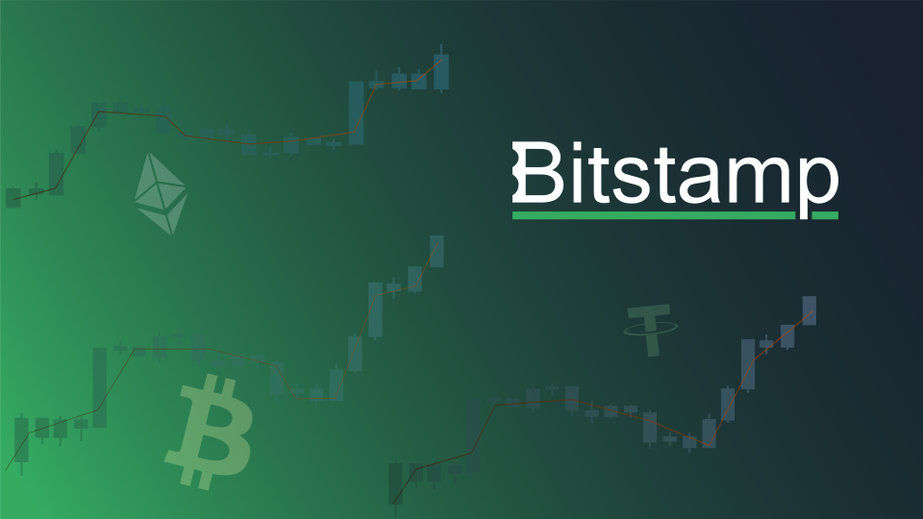Bitstamp, the oldest crypto exchange in the world, and fintech firm Stripe announced a partnership to support Stripe’s fiat-to-crypto onramp in the EU. The partnership will allow EU consumers to buy crypto directly and easily.
Developers can embed Stripe onramp directly into their site or app, giving users a seamless checkout experience optimized for crypto exchange. The widget will also allow near-instant crypto transaction settlement. App developers can integrate Stripe’s onramp into their products with several lines of code.
Bitstamp will manage the fiat-to-crypto exchange and transfers to consumers. Stripe’s crypto onramp supports Bitcoin, Ethereum, Solana, Stellar, and USD Coin.
In a statement, Bitstamp CEO Jean-Baptiste Graftieaux expressed immense pride in being chosen as Stripe’s partner. He believes this selection tests the exchange’s reliability, safety, and security track record.
Head of Stripe Crypto John Egan pointed out that Bitstamp’s long-standing reputation made the exchange an easy choice. Stripe’s decision will ensure the best services for their EU users.
Pros and cons of the Bitstamp-Stripe partnership
The Stripe integration will make it easier for Bitstamp users to buy and sell cryptocurrencies using conventional methods, such as bank transfers or debit and credit cards. Stripe supports near-instant transactions, allowing users to quickly fund their accounts or withdraw money, enhancing Bitstamp’s appeal.
Stripe could help Bitstamp navigate complex regulatory environments by ensuring that transactions comply with relevant laws and regulations in the EU.
The cryptocurrency market is rapidly growing, and the partnership with Bitstamp will allow Stripe to benefit from this growth and stay relevant in a changing financial landscape.
By supporting crypto transactions, Stripe can attract tech-savvy users interested in traditional and digital financial services.
There are some minuses as well. Bitstamp can become dependent on Stripe for essential services, reducing its control over the transaction process.
Payment processors like Stripe charge fees, which can eat into Bitstamp’s margins or be passed onto customers, making it less competitive.
A lot has changed after the EU adopted MiCA. Increased regulatory scrutiny of cryptocurrencies can extend to Stripe, leading to potential legal and compliance challenges.
The crypto market’s inherent volatility can lead to operational challenges, including handling large transactions during peak periods.













